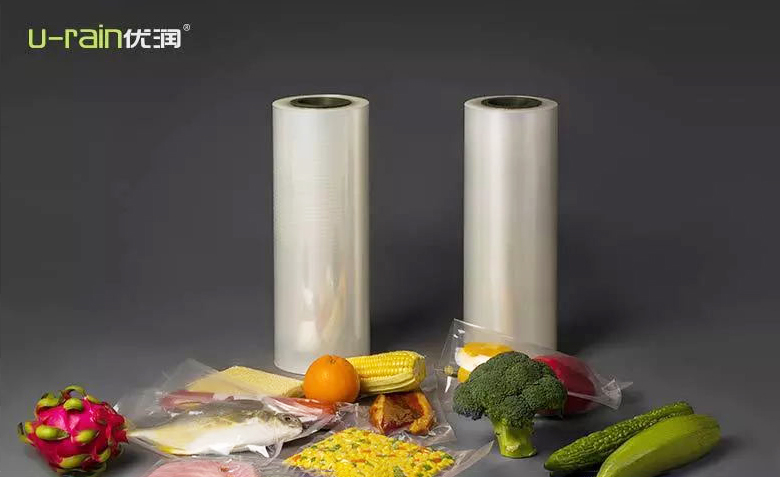Printability comparison of coextrusion film and composite fi
The comparison of coextrusion film and composite film is as follows:
Co extrusion can produce multi-layer films without first producing single-layer films and then laminating them. Melt polymers are carefully added together to produce layered melts, and then plastic films or sheets are produced in the traditional way. In general, coextrusion is superior to lamination when only plastic is used in the flexible packaging structure, unless the masking printing is used. However, it is obvious that non thermoplastic materials cannot be included by CO extrusion. Compared with composite, the main advantage of CO extrusion is that it can use a very thin material layer, which is much thinner than the single film that can be produced. This is particularly important for expensive substrates, such as those commonly used to impart barrier properties. The amount of expensive resin used is sufficient to produce the desired properties. The thickness of the layer is not limited by the requirements of producing the unlined film and treating it in the subsequent composite process.

Composite is a process that combines two kinds of thin film substrates together. In the application of flexible packaging, plastic film is often combined with paper or aluminum foil, or paper and aluminum foil are combined together. There are many composite methods used. When plastic film is used as the base material or one layer of final structure, the composite binder is generally low density polyethylene (LDPE), which is compounded by extrusion. When there is paper in flexible packaging, it is often used because of its excellent printability, and can produce fastness and strength. Aluminum foil is often used because it is a good barrier to light and penetration. Sometimes, the main purpose is to use it to get the ideal appearance.
Another important application of lamination is the production of masking materials. In this material, one material is printed on the opposite side and then compounded onto another substrate produced from the same or different polymers. Through transparent plastic, printing can be seen to prevent wear and tear, so its appearance is more attractive than that of surface printing.
